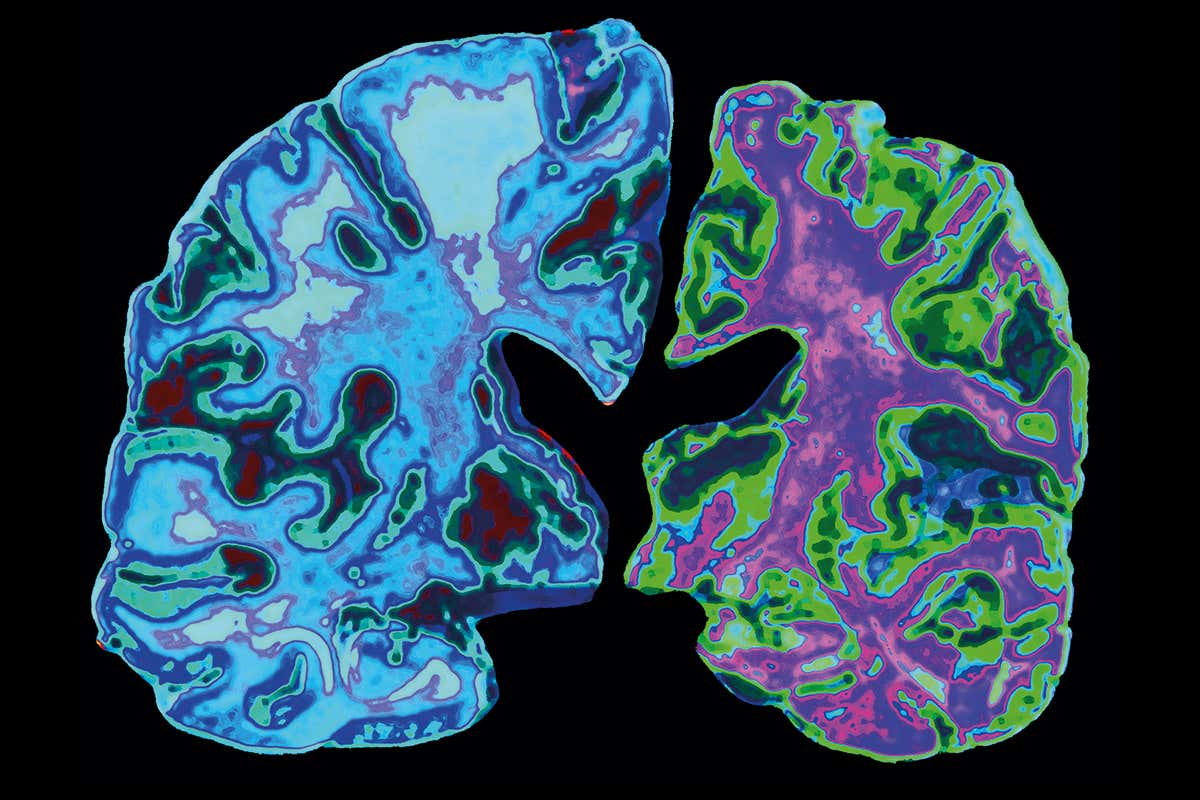According to four decades worth of longitudinal study data, it is rare for people to develop and keep the same mental disorder diagnosis for the rest of their lives. Instead, it is rather normal for people to develop new or varying disorders over the course of their life.
The findings of the research are published in JAMA Open. This data suggests that practitioners such as psychiatrists and other professionals incorporate a broader perspective on mental disorders.
Avshalom Caspi is a professor of psychology and neuroscience at Duke University. Also, the author of the study, believes the practice of figuring out mental disorders is at a new point. The Diagnostic and Statistical Manual of Mental Disorders (DSM) which is a manual that gives necessary guidelines on how to diagnose patients is under fire by not only those in an anti-psychiatry movement but also by people within the discipline also.
He notes that the U.S. National Institute of Mental Health which is a big funder of mental health research both nationally and internationally has also asked for a newer approach to the study of mental illness. They are asking the approach to be shaped by an investigation of research domains instead of an investigation of traditional categorical diagnoses.
Caspi also explained how confusion prevails among the public who do not properly understand what makes a mental disorder and often end up doing what he calls ‘diagnosis shopping’
The study’s thesis is around how mental disorder conceptualization has been halted often by the field’s wavering attention on the importance of cross-sectional information.
Also Read: Mental Stress May Cause Myocardial Ischemia In Heart Attack Survivors
Mental-health professionals usually base their views on the mental disorders presented by a patient at any given point of their life. Caspi notes however that very little is known about how mental disorders evolve over the course of an individual’s life.
The researchers from the study looked at data from the Dunedin Longitudinal Study in New Zealand, which tracked 17 mental disorders in individuals aged 11 till age 45 through consistent standardized psychiatric tests. In the study, there were more than 1000 participants with conditions that were diagnosed using the DSM criteria.
Caspi explained the data as one of the most detailed life-histories that included mental-disorders to have ever been compiled.
This data included externalizing, internalizing, eating, and though disorders and tracked their course over an individual’s lifetime from age 11 to age 45 in avid detail.
This study also had neurocognitive examination data from childhood as well as adolescence. They also too neuroimaging-based assessments of the individuals’ brain aging at the age of 45.
Among those participating about one-third of them had the beginning of an ensuing disorder by age 15 and about 86% of them had at least one disorder by the age of 45.
Also Read: Children Show Signs Of Early Brain Aging if They Experience Trauma
The researchers discovered that there were actual changes in mental disorders in the participants over the course of their lives. People who had one diagnosed disorder were more likely to develop disorders from other diagnostic families in the coming years. Participants did not consistently display only one disorder over the course of their life.
Caspi says the findings show that disorders in people change over time and rarely are the same over the years. These discoveries can pave the way for better diagnostic practices in the future in mental health professionals as it is an area that was not much thought of before.


